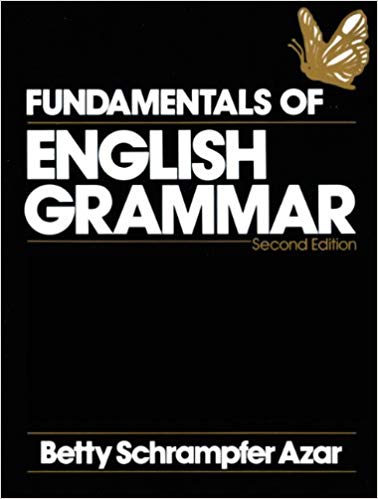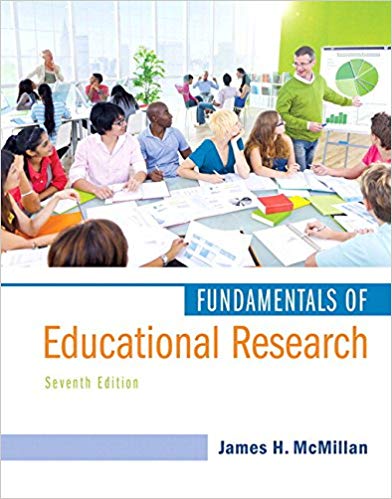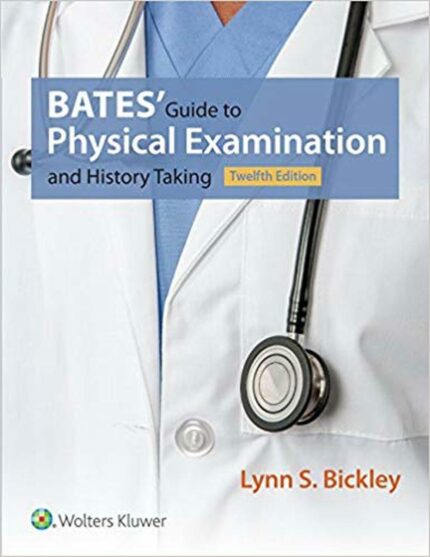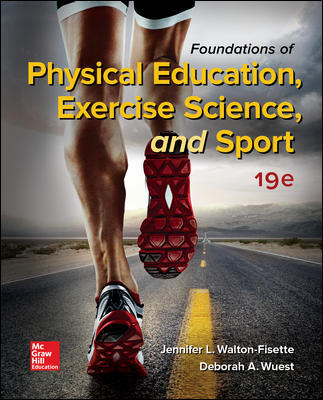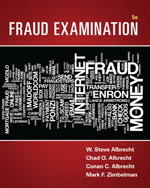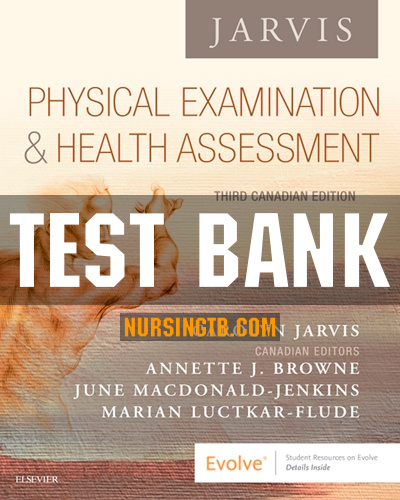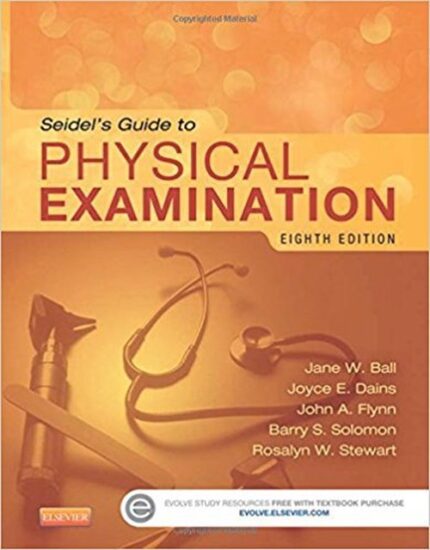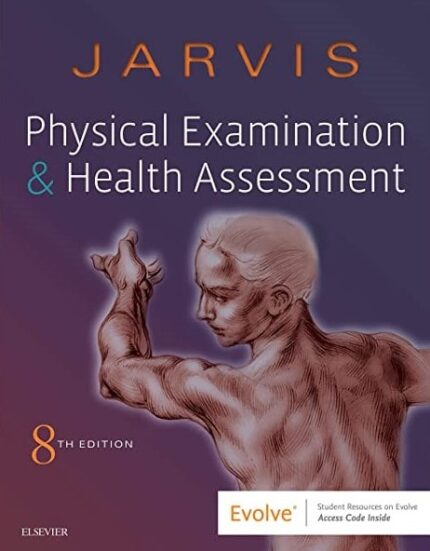Test Bank For Fundamentals of English Grammar 2nd Edition By Betty Schrampfer Azar
- 1. Noem Finnegan
Spanish Grammar Book
for 2nd Semester - 2. Conditional Tense
The conditional tense is used to express probability, possibility, wonder or conjecture, and is usually translated as would, could, must have or probably.
ENDINGS - 3. Conditional Tense: Irregulars
The same twelve common verbs that are irregular in the future tense are also irregular in the conditional tense. Their endings are regular, but their stems change in the same way they change in the future tense. The endings are the same as all other conditional tense verbs. - 4. Present Prefect Tense
It is formed by combining the auxiliary verb “has” or “have” with the past participle.
Because the present perfect is a compound tense, two verbs are required: the main verb and the auxiliary verb.
In Spanish, the present perfect tense is formed by using the present tense of the auxiliary verb “haber” with the past participle.
The past participle is formed by dropping the infinitive ending and adding either -ado or -ido.
When used in the perfect tenses, the past participle never changes to agree with the noun it modifies.
Past participle used as an adjective:La cuentaestpagada.The bill is paid.
Past participle used in the present perfect tense:He pagado la cuenta.I have paid the bill.
*The auxiliary verb and the past participle are never separated. - 5. Past Perfect
The past perfect tense is formed by using the imperfect tense of the auxiliary verb “haber” with the past participle.
The past perfect is formed by combining the auxiliary verb “had” with the past participle.
Because the past perfect is a compound tense, two verbs are required: the main verb and the auxiliary verb.
The past perfect tense is used when a past action was completed prior to another past action.
Expressions such as “ya”, “antes”, “nunca”, “todava” and “despus” will often appear in sentences where one action was completed before another. This idea of a past action being completed before another past action need not always be stated; it can be implied.
Examples:
Cuando llegaron los padres, los nios ya haban comido.Whentheparentsarrived, thechildrenhadalreadyeaten.
Yo haba comido antes de llamarles.I hadeaten prior tocallingthem.
*The auxiliary verb and the past participle are never separated.

